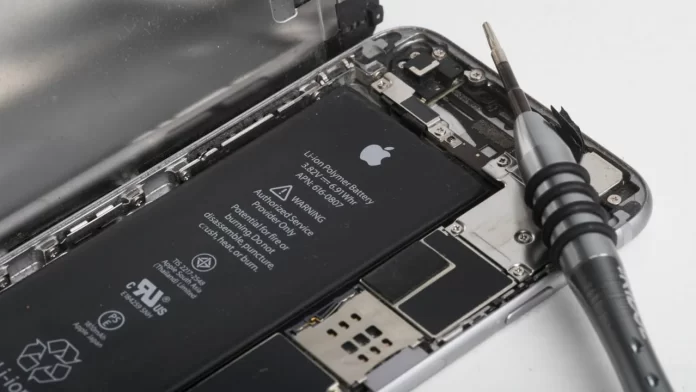
The European Council has concluded its adoption procedure for rules regarding phones with replaceable batteries. Starting from 2027, all phones released in the European Union (EU) must be equipped with user-replaceable batteries that require no tools or expertise. The regulation aims to establish a circular economy for batteries.
In a previous news report shared in June, The European Parliament was debating to enforce a law that compels manufacturers of battery-powered devices, including smartphones, to provide easily replaceable batteries. Now, with the European Council officially agreeing to the new regulation, the only remaining step is for both the Council and Parliament to sign the agreement. Once that happens, manufacturers wishing to sell phones in the EU will have to ensure their devices comply with the replaceable battery requirement by 2027.
Although the jurisdiction of the European Council is limited to Europe, the impact of this law extends beyond its boundaries. Tech giants like Samsung, Google, and Apple do not design region-specific devices. Consequently, this law will influence all iPhones, tablets, laptops, electric vehicles (EVs), e-bikes, and any other devices with rechargeable batteries. Its effect will be felt across the globe.
The Aim of the Law: Promoting a Circular Economy for Batteries
The primary objective of this law is to compel manufacturers to adopt a circular economy for batteries. In a circular economy, the resources utilized in manufacturing are recycled or reused as much as possible. The ideal scenario is sourcing 100% of the required resources from older smartphones, eliminating the need for new resources. While achieving a 100% figure may be impractical, getting closer to it is a realistic goal.
Furthermore, the new law encompasses additional rules related to phones with replaceable batteries:
- Collection of waste: By the end of 2027, OEMs (Original Equipment Manufacturers) must collect 63% of portable batteries that would typically end up in landfills. This percentage should increase to 73% by the end of 2030.
- Recovery of waste: The regulation sets a target of 50% lithium recovery from waste batteries by 2027, which is expected to rise to 80% by the end of 2031. This means that 80% of the lithium content within a battery can be recovered and repurposed for new batteries.
- Recycling minimums: Industrial, SLI (Starting, Lighting, and Ignition), and EV batteries must meet specific percentages of recycled content. Initially, this includes 16% cobalt, 85% lead, 6% lithium, and 6% nickel.
- Early recycling efficiency target: Nickel-cadmium batteries should achieve an 80% recycling efficiency target by the end of 2025, while all other batteries should reach a 50% efficiency target by the same year.
With the implementation of these regulations, the EU is taking significant steps towards a greener and more sustainable future in the realm of smartphones and other battery-powered devices.





